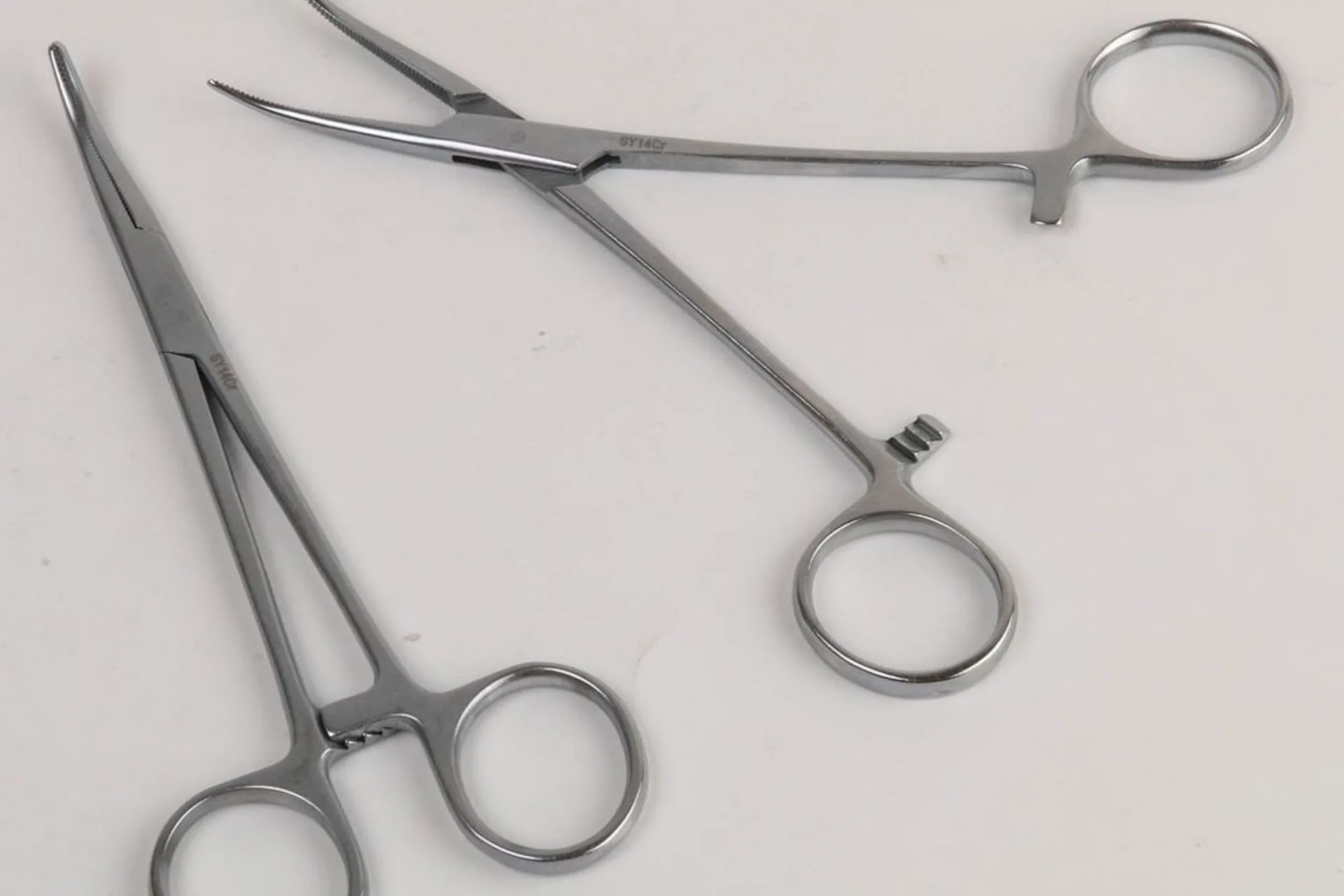There are many articles and videos about how to hook a fish but not so many about how to safely get unhooked. Understanding the end game is just as important as setting the hook.
I think that my favorite part of catching a fish is when you set the hook and know that you have the fish hooked. The nibbles, bites, strikes, rises, and strike indicator action is great but the hook up is the best. Fighting the fish is also fun, and a skilled net job is a perfect ending to why we catch fish.
Once the fish is in the wet net, what comes next? If you are going to keep the fish, put it on ice or on the stringer. Ice chests are best but kill the fish first.
To kill the fish, break its neck, thunk it on the head with a stick, rock, or Billy Club. Once it stops flopping, place it on ice. If the fish continues to flop and flail, it is suffering, the lactic acid is building up in the muscle, and the quality of the fish will be ruined.
Once the fish is dead, remove the lure, hooks, or just cut the line. You can remove the hooks when you clean the fish. Sharp hooks can be removed easier than dull ones. A barbed hook makes a larger hole for removal. Barbless hooks do not make a huge difference. No credible studies have proven that Barbless hooks cause more or less dehooking mortality.
If the fish is going to get thrown back, and the hook or fly is too deep to remove, simply cut the line and release the fish. Hooks will dissolve in a few days. The water and digestive juices of the fish are strong enough to degrade the hooks.
There are many ways to unhook a fish. Using forceps is the best for most species of fish. Toothy fish can tear up your fingers so using a tool works better without causing you to be hooked and bitten too. Pike, Bluefish, sharks, and large fish are often toothier. Use a tool.
You need to minimize stress to an already tired and exhausted fish. Quick action is important. If you can’t get the hook out quickly, the odds of the fish surviving decline.

Basic Unhooking Steps
Triage Look at where the hook is and assess what you need to do. If the fish is already bleeding, a Catch and Release is unlikely to be successful.
Options If you must Catch and Release, cutting your line may be the best option. Shoving a finger or tool down the fish’s throat may just do more damage. Avoid squeezing, dropping, or causing more damage.
What tool Is best? Forceps come in various sizes and lengths. I like the ones with a bent tip. This allows me to grab the bend of a hook, push back and lift the hook out. It takes practice.
Large Tools and Fat Fingers Needle nosed pliers, and bigger tools need room to work. They may not be the best choice for smaller fish. Using your fingers may also cause damage to the angler. There are many styles of hook removal tools. Search You Tube for other choices and be prepared for your next outing.
Experienced anglers can catch and release more fish more quickly because of experience. Mortality in hooked fish cannot be avoided but with the right tools and experience you can keep fish mortality around 10%.
Become a Happy Dehooker!
Montana Grant




